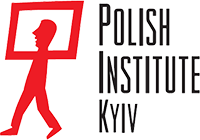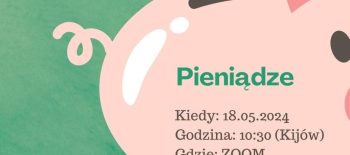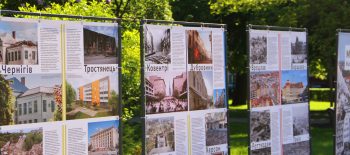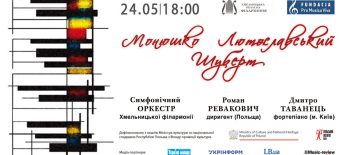Weronika Gęsicka’s photo exhibition “Confusion” opens in the Dymchuk Gallery on July 25 at 19:00. Works of the contemporary Polish artist were first shown in Ukraine in April during the Odesa Photo Days 2019 international photo festival in collaboration with the Adam Mickiewicz Institute. Now, thanks to the support of the Culture Bridges program, the Polish Institute in Kyiv and the Adam Mickiewicz Institute, the exhibition will be shown in the capital.
At first, Weronika Gęsicka’s photos from the “Traces” cycle look like idyllic portraits from the American dream: happy families, loving couples, merry, satisfied partygoers. However, in a moment one begins to understand that there is something wrong with all these people.
By means of spectacular digital processing of American photos from 1950s-60s, Weronika Gęsicka creates confusion. She not just questions the presented scenes, but asks the viewers about family relations or lack of them, about identity, loneliness and demands, regardless of the time and place in which we live.
The second part of the exhibition consists of selected photos of expressive objects from the “Collection” cycle. A comb, a mincing machine, a mop and other daily use items documented by Gęsicka are closely related to the personal experience of the author. However, for the viewer they are impersonal, which creates a universal struggle against various stereotypes, phobias, fears and fetishes.
On July 26, Dymchuk Gallery will host the artist talk with Weronika Gęsicka and curators of the “Confusion” exhibition Maga Cwieluch and Katarzyna Sagatowska.
The exhibition will be open until August 18.
Weronika Gęsicka was born in the Włocławek (Poland) in 1984. She graduated from the graphic design faculty of the Art Academy in Warsaw and from the Photography Academy in Warsaw. Weronika creates projects about memory and its mechanisms. She is interested in scientific and pseudo-scientific theories, mnemonics and various memory-related disorders. She mainly engages in photography but also creates objects and artifacts in collaboration with artisans and artists. An important part of her art is work with archive materials from various sources. These may be photo collections or photographs found on the Internet, police archives or old press pictures.



